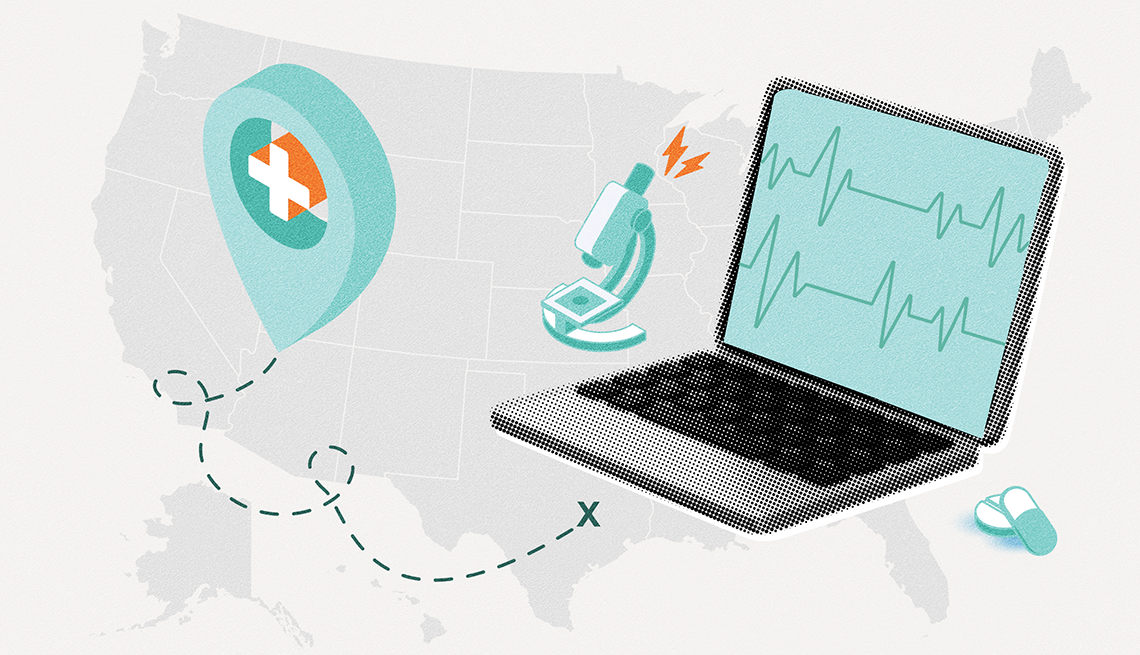AARP Hearing Center


Whenever we have a problem with a charge or a purchase, it’s comforting to talk to a real person on the phone to resolve the issue. Unfortunately, criminals know that, too, and are eager to take advantage of it. In customer service scams, criminals lure their targets into calling phony customer support numbers for payment apps and e-commerce retailers (often Amazon), then impersonate helpful staffers to steal money and sensitive personal data from their targets.
It's the most commonly reported type of scam in the United States, according to the Federal Trade Commission (FTC). And the problem appears to be growing: In February, Amazon reported a 33 percent increase in customer service impersonation scams on social media since December.
At the AARP Fraud Watch Network, customer service scams are “an everyday occurrence,” says Amy Nofziger, AARP's director of fraud victim support. Nofziger’s team has fielded calls from people who fell victim to scammers after Googling customer service for companies such as Geico, Spectrum and Wells Fargo (among many others), and clicking on illegitimate links. Alan R., a New York resident, contacted the Fraud Watch Network after searching for Facebook customer support when his account was hacked. A phone call led to an impostor who said he'd solve the problem for a fee.
How customer service scammers reach potential victims
Email messages: You might receive an email saying there’s been fraudulent activity on your payment app (Zelle or Venmo, for example) and warning that you need to call the customer service number in the message in the next 24 hours to avoid paying the charge. The tactic is known as phishing.
















)

















































More From AARP
Drivers: Keep an Eye Out for New Toll Road Scams
Criminals pretend to be highway officials requesting payment after your trip
Let’s Stop Blaming Scam Victims, New AARP Report Says
Advocates call for a change in how we talk and think about financial fraud
What to Know About the Latest Amazon-Impostor Scams
Be aware of the latest ways criminals use the company’s name to steal from consumers